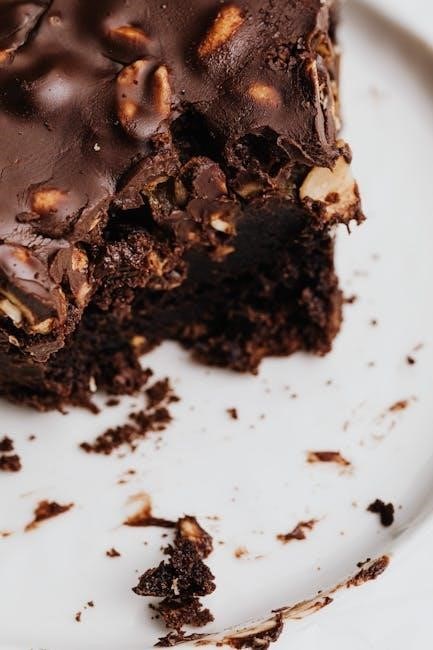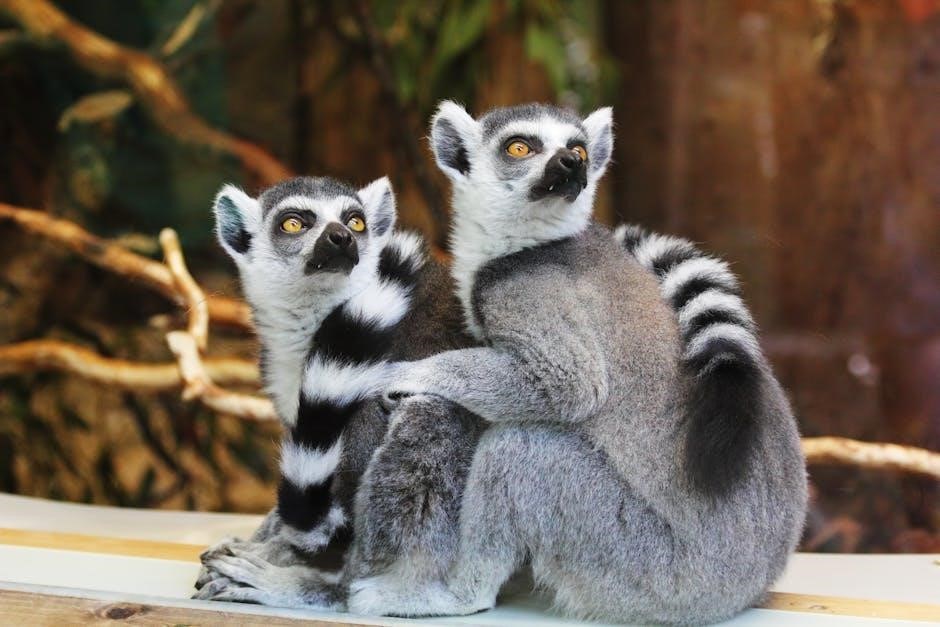brownie snacks badge requirements pdf
Brownie Snacks Badge Requirements
The Brownie Snacks Badge empowers Brownies to explore the world of snacks, understand healthy choices, and create their own tasty treats. It is about discovering new flavors, learning basic cooking skills, and promoting healthy eating habits.
Overview of the Brownie Snacks Badge

The Brownie Snacks Badge is designed to introduce Brownies to the delightful world of snack preparation and healthy eating. This badge encourages young girls to explore various types of snacks, understand nutritional values, and develop basic cooking skills under adult supervision. Through a series of fun and engaging activities, Brownies will learn to create both savory and sweet snacks, understand the importance of snacking for energy, and even whip up a refreshing snack drink.
The badge emphasizes the importance of making informed choices about what we eat, focusing on the distinction between healthy and less healthy options. By completing the requirements for this badge, Brownies will gain valuable knowledge and practical skills that promote a lifelong appreciation for nutritious and delicious snacks. The activities are structured to be interactive and hands-on, ensuring that learning is both enjoyable and memorable. Adult guidance is crucial throughout the process, ensuring safety and providing support as the Brownies learn new culinary techniques. Ultimately, the Brownie Snacks Badge aims to empower young girls to make smart snacking decisions and enjoy the process of creating their own treats.
Badge Purpose and Goals
The primary purpose of the Brownie Snacks Badge is to educate and empower Brownies to make healthy and informed snack choices. This badge aims to instill an understanding of the different types of snacks, their nutritional value, and their role in providing energy for daily activities. It also seeks to develop basic culinary skills, enabling Brownies to prepare simple and nutritious snacks themselves, fostering independence and creativity in the kitchen.
The goals of the badge include teaching Brownies to differentiate between healthy and less healthy snacks, encouraging them to choose nutritious options that support their overall well-being. It also aims to introduce them to a variety of ingredients and flavors, expanding their palates and encouraging them to try new things. Furthermore, the badge promotes the importance of adult supervision and safety in the kitchen, ensuring that Brownies learn to handle cooking tools and equipment responsibly. By achieving these goals, the Brownie Snacks Badge equips young girls with the knowledge, skills, and confidence to make smart snacking decisions and enjoy a lifetime of healthy eating habits. It also promotes teamwork and cooperation as they work together to prepare and share snacks.
Official Brownie Snacks Badge Requirements (PDF Resources)
Accessing official PDF resources for the Brownie Snacks Badge is crucial for leaders and Brownies to ensure they are following the most up-to-date requirements. These PDFs typically outline each step in detail, providing clear instructions and guidelines for completing the badge. They often include supplementary materials like recipe suggestions, activity ideas, and important safety considerations, enriching the badge experience.
These official documents serve as a definitive guide, clarifying any ambiguities and preventing misinformation. They ensure that all participants are aligned with the core learning objectives and assessment criteria for the badge. Furthermore, these resources often offer printable checklists and tracking sheets, helping Brownies stay organized and monitor their progress throughout the badge activities. By relying on official PDF resources, leaders can confidently deliver a comprehensive and rewarding Brownie Snacks Badge program, empowering girls to develop healthy snacking habits and culinary skills. Checking these resources is an important step in starting the badge.
Finding Official PDF Documents Online

Locating official PDF documents for the Brownie Snacks Badge involves exploring several reliable online sources. The primary destination should be the official Girl Scouts website, where badge requirements and resources are often hosted. Navigate to the “Badges” section and search for the “Snacks” badge within the Brownie level. Official PDFs, if available, are typically linked directly from this page, ensuring authenticity and accuracy.
Additionally, consider checking reputable Girl Scout-related websites and forums. These platforms sometimes compile useful resources and share links to official badge materials, including PDFs. However, exercise caution when using third-party websites, verifying the source’s credibility before downloading any documents. It’s also wise to cross-reference information found on unofficial sites with the official Girl Scouts website to guarantee that you’re accessing the most current and accurate requirements. If you are unable to find the official PDF, consider reaching out to your local Girl Scout council for assistance in locating resources.
Verifying Current Badge Requirements
Before embarking on the Brownie Snacks Badge activities, it’s crucial to verify that you have the most up-to-date requirements. Badge requirements can change periodically, so relying on outdated information may lead to wasted effort. The definitive source for the most current requirements is the official Girl Scouts website. Check the “Badges” section for the Brownie level and specifically locate the “Snacks” badge to find the current requirements.
If you’re using a PDF document, ensure it’s dated recently and aligns with the information on the official Girl Scouts website. Be wary of older PDFs circulating online, as they might contain outdated information. If discrepancies arise between different sources, always prioritize the information presented on the official Girl Scouts website. Consulting with your local Girl Scout council is another excellent way to confirm the most current requirements and clarify any uncertainties before starting the badge work.
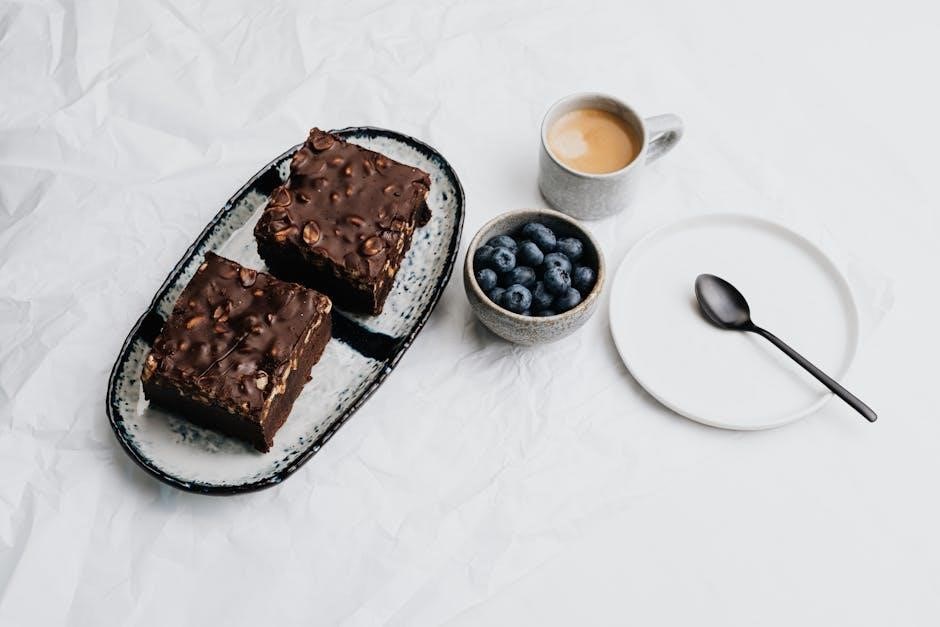
Step-by-Step Guide to Earning the Badge
Earning the Brownie Snacks Badge involves five steps: discovering snack types, preparing a savory snack, creating a sweet snack, snacking for energy, and enjoying a snack drink. Adult supervision is recommended throughout this process.
Step 1: Discovering Different Types of Snacks
Embark on a journey to uncover the diverse world of snacks! Begin by exploring various snack categories, from fruits and vegetables to grains and dairy. Watch videos that showcase healthy snack options, and discuss the benefits of each.
Engage in interactive activities like comparing food labels of similar products, identifying healthy versus less healthy ingredients. Create visual aids, such as drawings or collages, to represent the different snack types you’ve learned about. Discuss the importance of balanced snacking and how it contributes to overall well-being.
Consider factors like nutritional value, portion sizes, and frequency of snacking. Encourage Brownies to reflect on their own snacking habits, identifying favorite snacks and areas where they can make healthier choices. Use paper to draw seven snacks, or labels, and also choose which is a “Healthy Snack Choice”.
This step sets the foundation for making informed snack decisions, fostering a lifelong appreciation for nutritious and delicious snacks; By the end, Brownies will be able to confidently categorize snacks and understand their impact on their bodies.
Step 2: Preparing a Savory Snack
Time to roll up those sleeves and get cooking! In this step, Brownies will learn to prepare a simple, savory snack. Choose a recipe that requires minimal cooking and focuses on fresh ingredients. Consider options like veggie sticks with hummus, cheese and crackers, or mini pizzas on whole-wheat English muffins.
Prioritize safety by ensuring adult supervision throughout the preparation process. Teach basic knife skills and emphasize the importance of handwashing and clean workstations. Encourage Brownies to actively participate in each step, from washing and chopping ingredients to assembling the snack.
Discuss the different flavors and textures involved, highlighting the nutritional benefits of the chosen ingredients. Explore the concept of savory flavors, contrasting them with sweet alternatives. Have the girls copy the recipes onto index cards, or into a recipe book.
This hands-on experience will empower Brownies to feel confident in the kitchen, fostering a sense of accomplishment and encouraging them to explore more savory snack creations in the future. It provides practical skills while reinforcing healthy eating habits.
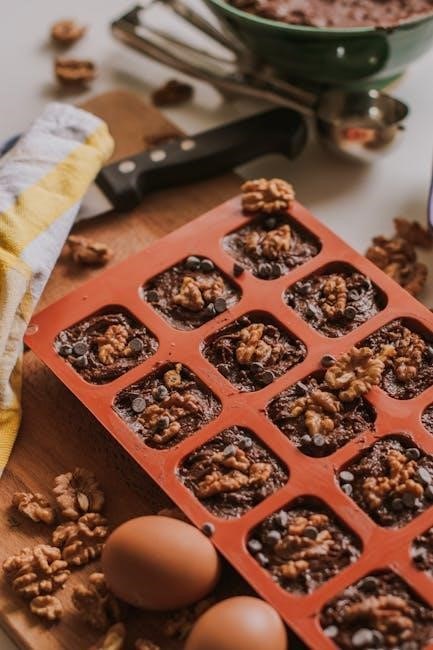
Step 3: Creating a Sweet Snack
Now it’s time for a sweet treat! In this step, Brownies will create a simple and delicious sweet snack. Focus on recipes that incorporate healthy ingredients and limit added sugars. Options include fruit salad with a dollop of yogurt, apple slices with peanut butter, or a homemade trail mix with dried fruit and nuts.
Again, adult supervision is essential. Teach Brownies how to measure ingredients accurately and discuss the importance of portion control. Encourage them to experiment with different flavor combinations and explore the natural sweetness of fruits.
Discuss the difference between natural and added sugars, emphasizing the importance of making informed choices. Explain how too much sugar can negatively impact their health and energy levels. Encourage the girls to try a sweet snack on their own.
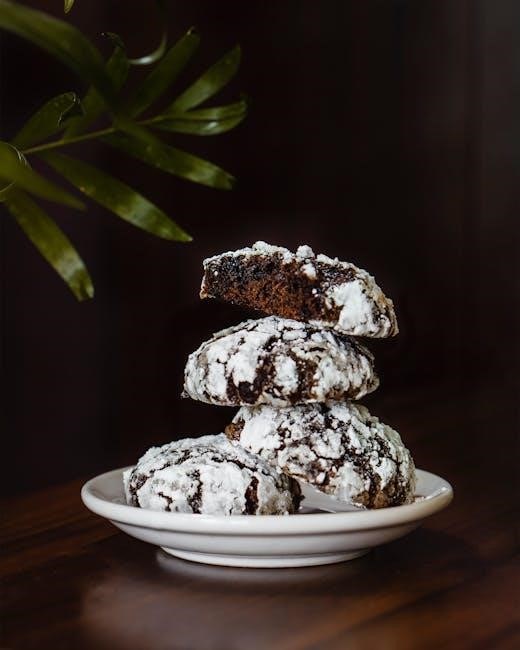
By creating their own sweet snacks, Brownies will learn to satisfy their cravings in a healthy and balanced way. This activity promotes mindful eating and encourages them to develop a positive relationship with food while earning badge requirements.

Step 4: Snacking for Energy
This step focuses on understanding how snacks can provide us with energy throughout the day. Brownies will learn about the importance of choosing snacks that fuel their bodies and minds, especially when they’re feeling tired or need a boost for activities.
Discuss the concept of energy and how different foods provide varying levels of it. Explain the role of carbohydrates, proteins, and fats in providing sustained energy. Encourage Brownies to identify snacks that contain a good balance of these nutrients.
Some great ideas for energy-boosting snacks include whole-grain crackers with cheese, a handful of almonds and dried cranberries, or a small smoothie with fruits and yogurt. Emphasize the importance of avoiding sugary snacks that provide a quick burst of energy followed by a crash.
Engage them in a discussion about when they typically need a snack for energy and what types of activities they engage in that require extra fuel. By completing this step, Brownies will learn to make smart snack choices that support their active lifestyles.
Step 5: Enjoying a Snack Drink (Slurp a Snack)
This step encourages Brownies to explore the world of snack drinks, also known as “slurpable snacks.” They will discover how certain beverages can be a nutritious and refreshing way to get their snack fix, especially when they’re on the go or need a quick pick-me-up.
Guide them in exploring different options for healthy snack drinks. Smoothies are a fantastic choice, as they can be packed with fruits, vegetables, yogurt, and even protein powder for an extra boost. Milkshakes made with real fruit and a touch of honey can also be a delicious and nutritious option.
Discuss the importance of avoiding sugary drinks like soda and juice, which offer empty calories and can lead to energy crashes. Encourage Brownies to experiment with different flavors and ingredients to create their own personalized snack drinks.
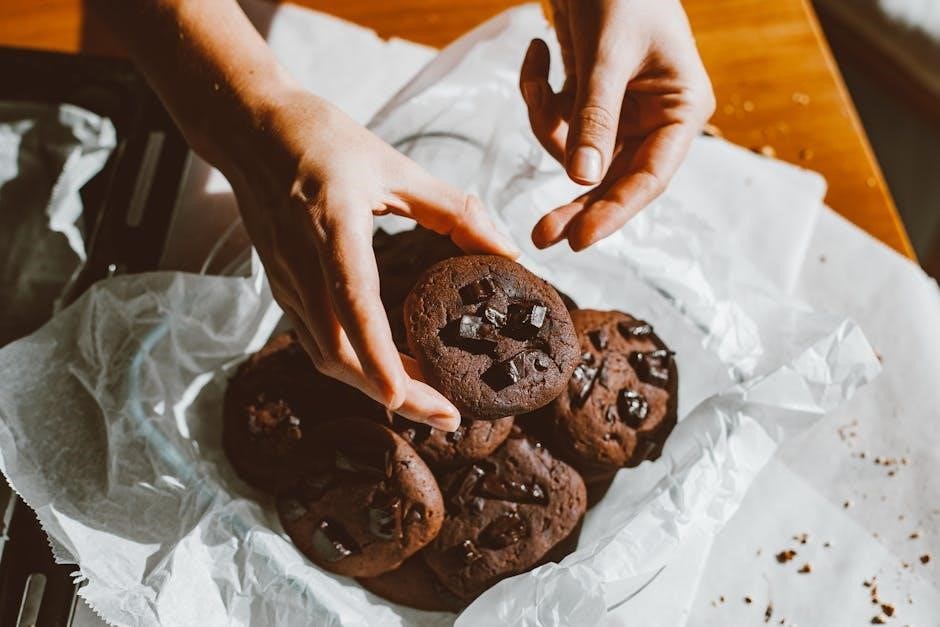
Some examples could include a berry smoothie, a chocolate banana milkshake, or even a simple fruit-infused water. By completing this step, Brownies will learn to appreciate the versatility and benefits of incorporating healthy snack drinks into their diet.

Additional Resources and Activities
To further enhance the Brownie Snacks Badge experience, this section provides supplementary resources and engaging activities. These additional tools will help reinforce learning, spark creativity, and encourage continued exploration of healthy snacking habits.
Snack Recipe Ideas for Each Requirement
To assist Brownies in fulfilling the Snacks Badge requirements, we offer a diverse range of recipe ideas tailored to each step. For “Discovering Different Types of Snacks,” consider creating colorful fruit skewers or a vibrant vegetable platter with hummus. These options encourage exploration of various flavors and textures.
When “Preparing a Savory Snack,” recipes like mini-pizzas on whole-wheat English muffins or simple quesadillas provide hands-on cooking experiences. “Creating a Sweet Snack” can involve making yogurt parfaits with granola and berries or baking healthy banana muffins.
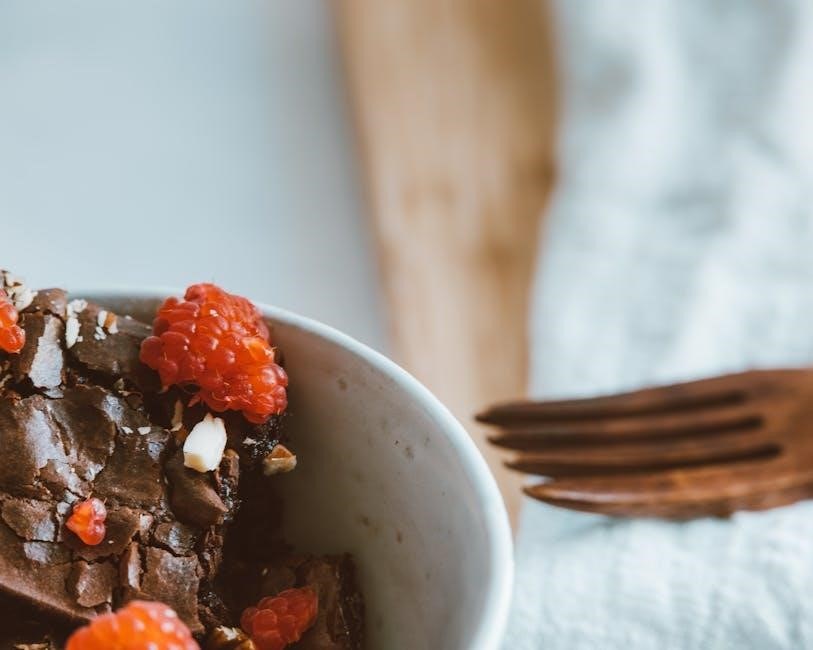
To address “Snacking for Energy,” consider trail mix variations with nuts, seeds, and dried fruit, or energy bites made with oats and nut butter. Finally, for “Enjoying a Snack Drink,” explore smoothie recipes with fruits, vegetables, and yogurt for a refreshing and nutritious treat.
These recipe ideas offer flexibility and can be adapted based on dietary needs and preferences, ensuring every Brownie can successfully complete the Snacks Badge.
Healthy vs. Unhealthy Snack Identification Activity
To help Brownies understand the difference between healthy and unhealthy snack choices, conduct an interactive identification activity. Gather a selection of snack food labels, ensuring there are both healthy and less healthy options for the same type of product. For instance, compare labels for different brands of granola bars or yogurt.
Divide the Brownies into small groups and provide each group with a set of labels. Instruct them to analyze the nutritional information, focusing on aspects like sugar content, fiber, and added ingredients. Encourage discussion about the impact of these components on overall health.
Provide two designated areas labeled “Healthy Snack Choice” and “Not so Healthy.” Have each group sort the labels based on their assessment, justifying their choices. Facilitate a group discussion to share findings and reinforce the concept of making informed snack decisions.
This activity promotes critical thinking and empowers Brownies to make healthier choices when selecting snacks.
Adult Supervision and Safety Considerations
Earning the Brownie Snacks Badge involves food preparation, which necessitates diligent adult supervision to ensure safety. Adults should oversee all activities, providing guidance and support as Brownies engage in cooking and handling utensils. Prior to commencing any snack-making activity, emphasize fundamental hygiene practices, such as thorough handwashing with soap and water.
Review essential kitchen safety rules, including the proper use of knives, cutting boards, and other equipment. Demonstrate safe cutting techniques and closely monitor Brownies as they practice these skills. When using heat sources like stoves or microwaves, adults must be present and attentive, preventing accidents and ensuring safe operation.
Address potential allergy concerns by inquiring about any food allergies or sensitivities among the Brownies. Carefully review ingredient labels and avoid using any items that could trigger allergic reactions. Maintain a clean and organized workspace to minimize the risk of cross-contamination.
By prioritizing adult supervision and safety considerations, you can create a positive and secure environment.
Adapting Activities for Different Skill Levels
When working towards the Brownie Snacks Badge, it’s crucial to adapt activities to accommodate varying skill levels and abilities within the group. Recognize that some Brownies may have prior cooking experience, while others might be entirely new to the kitchen. Adjust tasks and expectations accordingly to ensure everyone feels included and successful.
For Brownies with limited experience, begin with simpler snack recipes that require minimal cutting or cooking. Focus on tasks like measuring ingredients, stirring mixtures, or assembling pre-cut components. Provide clear and concise instructions, breaking down each step into manageable segments. Offer hands-on assistance and encouragement to build confidence.
For more advanced Brownies, present more challenging recipes that involve more intricate techniques or ingredient combinations. Encourage them to take on leadership roles, assisting their peers and demonstrating proper methods. Allow them to experiment with variations and substitutions, fostering creativity and problem-solving skills.
Consider offering a range of activity options, enabling Brownies to select tasks that align with their comfort levels. Provide modifications and adaptations as needed. Celebrate individual progress and accomplishments, creating a supportive atmosphere where everyone can learn and grow at their own pace.
